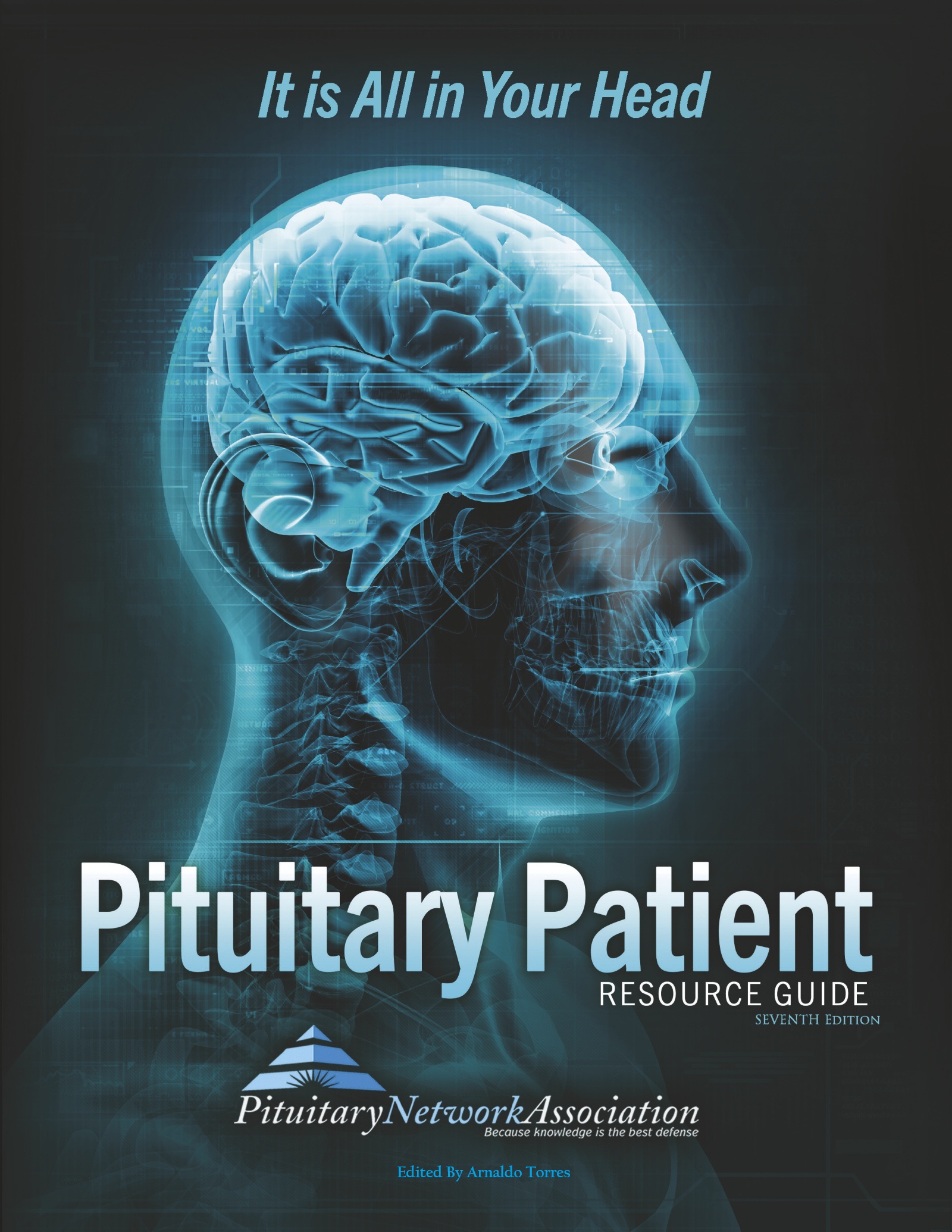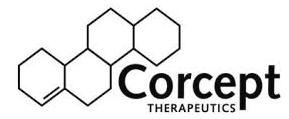Hypogonadism
Hypogonadism can occur for a number of reasons. Certain men have hypogonadism since birth while others may develop this condition later in life. Two types of hypogonadism are:
Primary hypogonadism (testicular failure) – Low serum testosterone levels and gonadotropins (FSH, LH) above the normal range.
Hypogonadotropic hypogonadism – Idiopathic gonadotropin or LHRH deficiency or pituitary – hypothalamic injury from tumors, trauma, or radiation.
In Men:
Characterized by low serum testosterone levels, but with gonadotropins in the normal or low range. Men develop testicular suppression with decreased libido, impotence, decreased ejaculate volume, loss of body and facial hair, weakness, fatigue and often anemia. On testing, blood levels of testosterone are low and should be replaced. In the United States, testosterone may begiven as a bi-weekly intramuscular injection, a patch form, or a gel preparation. In other countries, oral preparations of testosterone are available.
Symptoms
- Impotence
- Decreased sexual desire
- Fatigue and loss of energy
- Mood depression
- Regression of secondary sexual characteristics (growth and maturation of prostate, seminal vesicles, penis, and scrotum; the development of male hair distribution, including facial, pubic, chest, axillary hair; laryngeal enlargement; vocal chord thickening; alterations in body musculature; fat distribution)
- Osteoporosis
In Women:
Women develop ovarian suppression with irregular periods or absence of periods (amenorrhea), infertility, decreased libido, decreased vaginal secretions, breast atrophy, and osteoporosis. Blood levels of estradiol are low. Estrogen should be replaced and can be given orally as Premarin or Estrace, or can be given as a patch applied twice weekly. Women taking estrogen also need to take progesterone replacement (unless they have undergone a hysterectomy). Annual pap smears and mammograms are mandatory.






